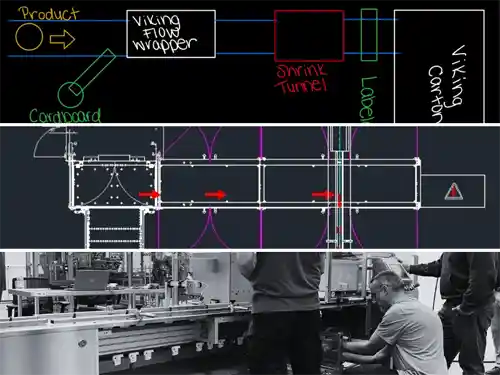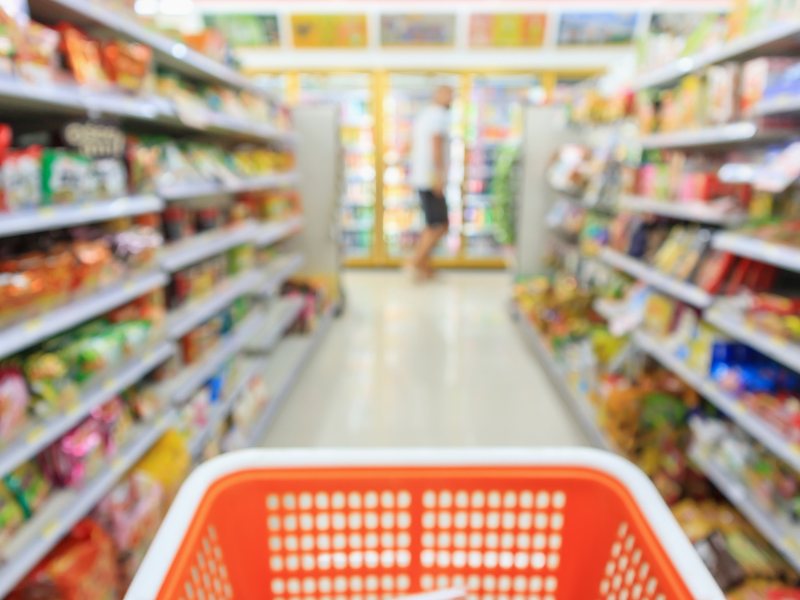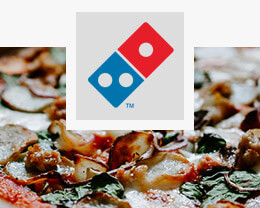Combating Food Waste With Flexible Packaging Machinery and Materials
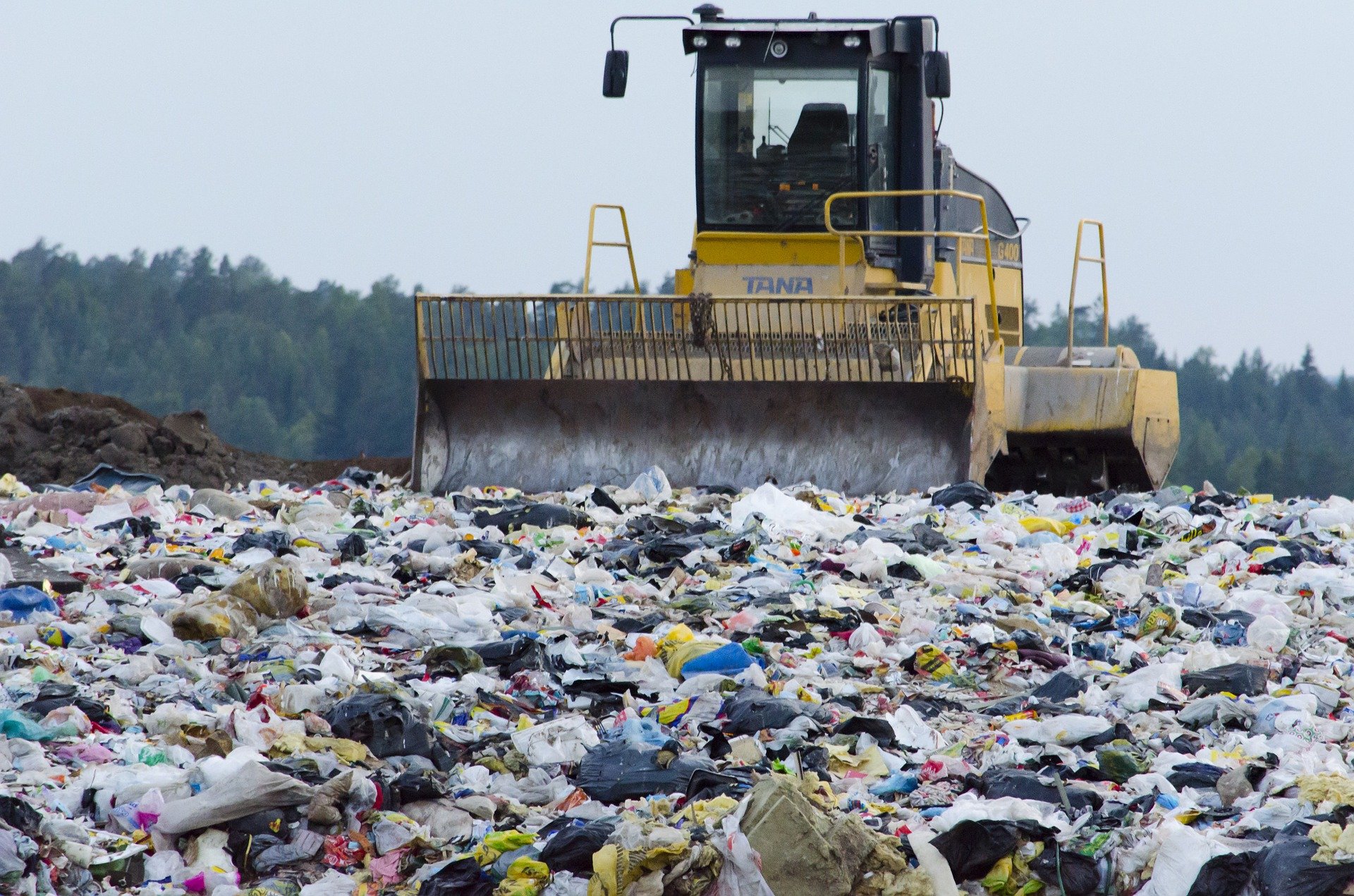 According to World Food Day Organization, in the USA, organic waste is the second highest component of landfills, which are the largest source of methane emissions. 30-40% of the US food supply is wasted, equaling more than 20 pounds of food per person per month. When this figure is converted to calories, this means that about 1 in 4 calories intended for consumption are never actually eaten. With food security still a major issue in the United States, food waste is a problem that needs effective and efficient solutions. Part of the solution is something often taken for granted: Food packaging machinery and materials.
According to World Food Day Organization, in the USA, organic waste is the second highest component of landfills, which are the largest source of methane emissions. 30-40% of the US food supply is wasted, equaling more than 20 pounds of food per person per month. When this figure is converted to calories, this means that about 1 in 4 calories intended for consumption are never actually eaten. With food security still a major issue in the United States, food waste is a problem that needs effective and efficient solutions. Part of the solution is something often taken for granted: Food packaging machinery and materials.
Flexible Packaging and Food Preservation and Protection
Food waste occurs at every stage of the food supply chain, from initial farming to packaging and shipping, from the grocery store to the end consumer. Not to mention the waste that occurs daily in the restaurant industry. A true and lasting solution will be multifaceted and necessitate collaboration among many industries. For many in the perishable food industry, it starts with examining food packaging processes and materials.
Of the significant impact of flexible packaging can have on reducing food waste, Kyra Douglas, senior director, global regulatory affairs at SPI: The Plastics Industry Trade Association in Washington, D.C. comments:
“The most important sustainability feature of a food packaging product is its capacity to preserve and protect food. Food is far more energy- and carbon-intensive to produce than packaging and food generates the potent greenhouse gas methane when it decomposes. The properties required for a package to preserve and protect food will vary across different food types. No matter how lightweight a package is, for example, and no matter how much recycled content it contains, if it fails to do its food preservation job, then it makes a far worse environmental impact than a heavier package made of virgin material that performs properly.
In a nutshell, when it comes to sustainability and flexible packaging, all the advantages it conveys can be negated by pouches with inferior or weak seals. The second that perishable food comes into contact with the environment, oxidation, spoilage, discoloration, and contamination can occur, all leading to food waste.
Reduce Food Waste With Flexible Packaging Machinery
A strong package seal is one of the most important parts of preserving the shelf life of perishable products. Your packaging machine must ensure your products are protected and fresh when they reach the consumer. The best packaging machine for the job is one that has a reliable sealing system.
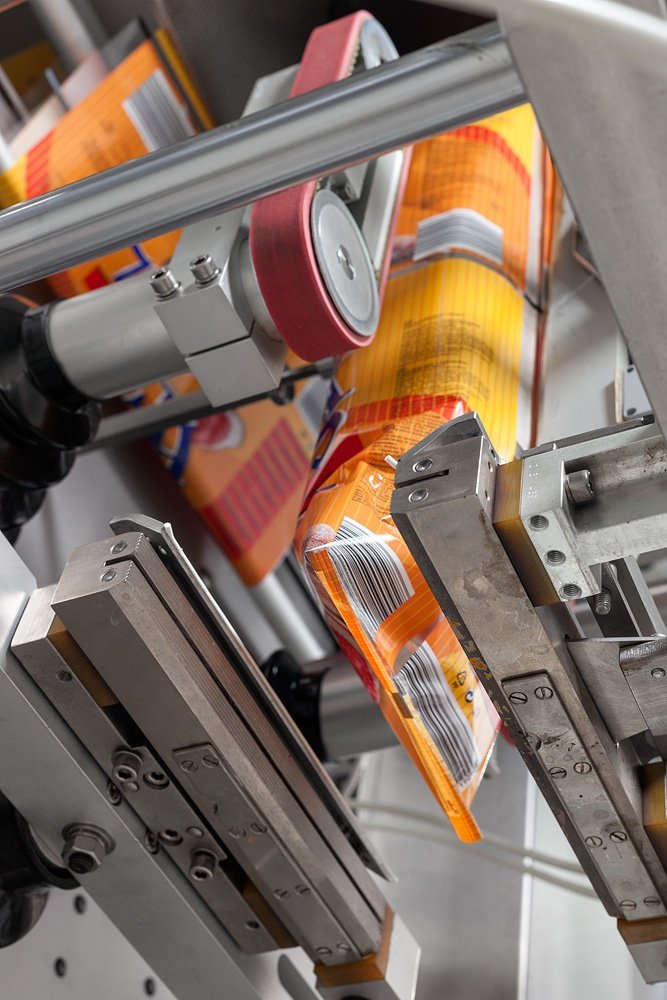 Some packaging machines have sealing jaws that are formed from multiple pieces of metal. This may not cause a problem at first. But over time the packaging machine jaws may warp and need shimming to properly seal and may also experience uneven heating, leading to non-uniform packaging seals.
Some packaging machines have sealing jaws that are formed from multiple pieces of metal. This may not cause a problem at first. But over time the packaging machine jaws may warp and need shimming to properly seal and may also experience uneven heating, leading to non-uniform packaging seals.
Viking Masek's reliable flexible packaging machinery features sealing jaws that are forged from one solid piece of metal, ensuring that each and every seal, from package number 1 to 1,000, has the same integrity and strength. Your perishable food products will be protected, preserved, and are less likely to end up as food waste.
About Viking Masek's Innovative Flexible Packaging Solutions
For decades, Viking Masek has taken pride in manufacturing, selling, and servicing the best packaging machinery in the industry. Our willingness to take risks and perform the engineering and R&D it takes to create an innovative custom packaging solution sets us apart. Learn more about Viking Masek and what we do by watching our segment on Innovations on the Discovery Channel:



